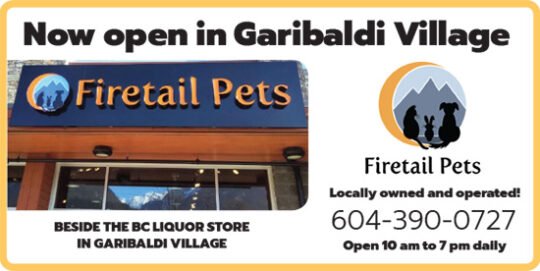Vancouver Coastal Health is warning the public about carbon monoxide (CO) poisoning as B.C. heads into the coldest winter months.
During the colder months, when people spend more time indoors, VCH hospitals see an increase in CO poisoning with an average of 31 emergency department visits each month, compared to 19 visits per month during the warmer months of the year (when comparing April – September to October – March 2018-2023).
CO is produced by burning gasoline, wood, propane, charcoal and other fossil fuels. Improperly ventilated appliances and engines using these fuels in a tightly sealed or enclosed space may allow the gas to accumulate to dangerous levels. Prolonged exposure to this invisible, odorless gas can cause significant damage to an individual’s internal organs and, in some situations, may be fatal.
People can take many simple steps to reduce their risk of carbon monoxide poisoning. These include installing a carbon monoxide detector in your home and checking its batteries yearly. If you live in a home with a furnace, ensure it is checked by an accredited professional annually.
The BC Drug and Poison Information Centre receives about 350 CO exposure referrals yearly; between 20-40 cases are treated in Vancouver General Hospital’s hyperbaric chamber. VCH has the only publicly-funded hyperbaric chamber in B.C. It provides 100 per cent oxygen in a high-pressure environment, which increases the oxygen level in a patient’s bloodstream, helps the body rid itself of CO, and aids healing.
Given exposure can cause very subtle symptoms, many people may not even be aware that they require care. Symptoms include headache, blurred vision, nausea, shortness of breath and/or confusion. If you think you or someone you’re with may have carbon monoxide poisoning, immediately seek fresh air and emergency care.





